Fujifilm X-S1 review
Is this the Fujifilm X-S1 26x super zoom camera worth spending £700 on?

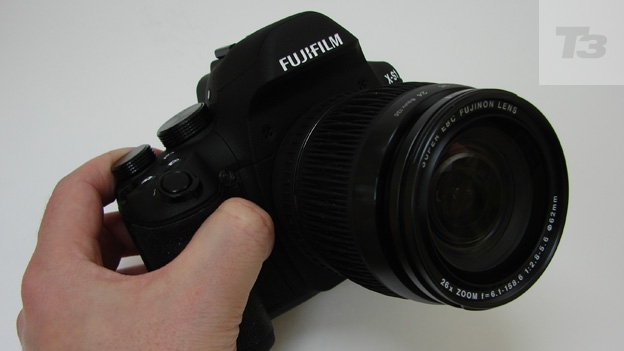
-
+
Solid build quality
-
+
Very broad focal range
-
+
Large electronic viewfinder
-
-
Pricey
-
-
Bulky and heavy
-
-
Soft results at maximum zoom
Why you can trust T3


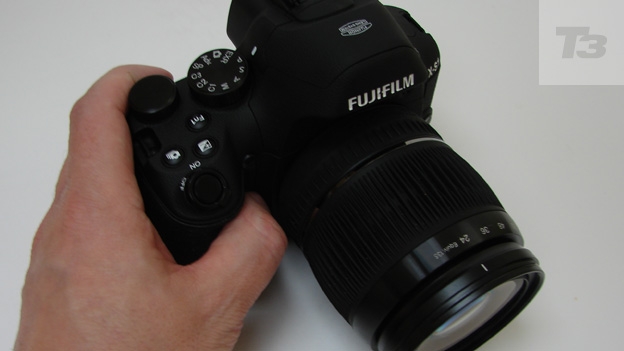
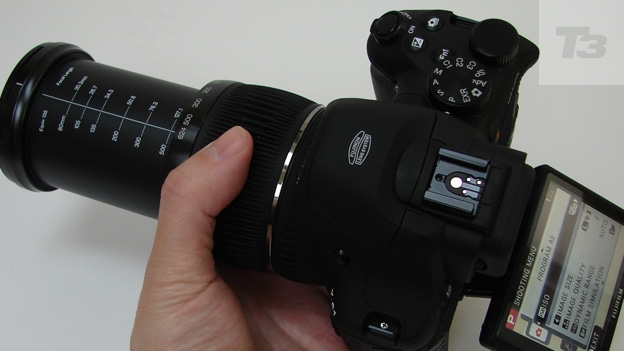
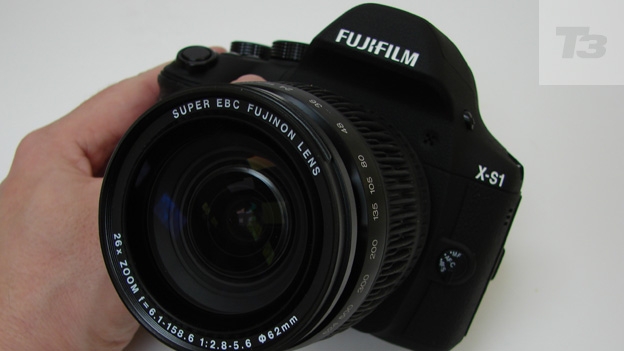
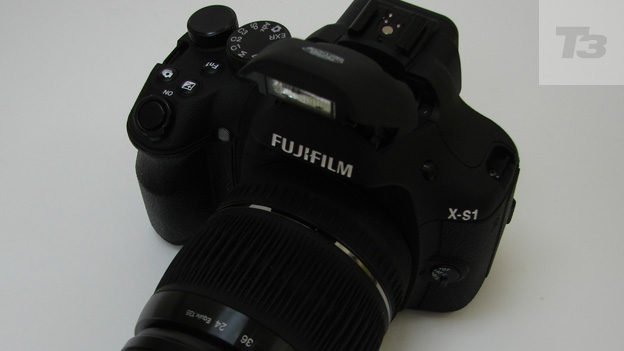

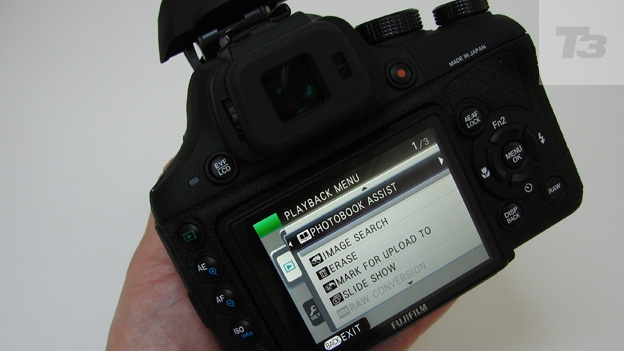
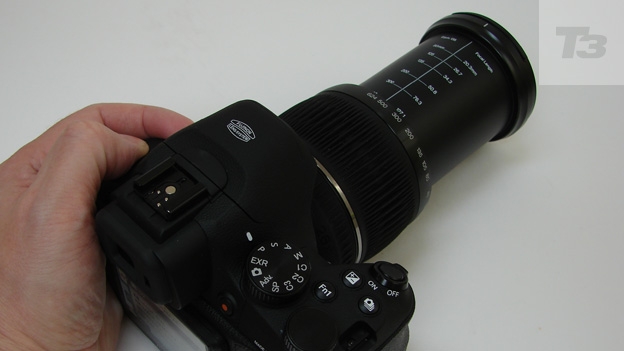
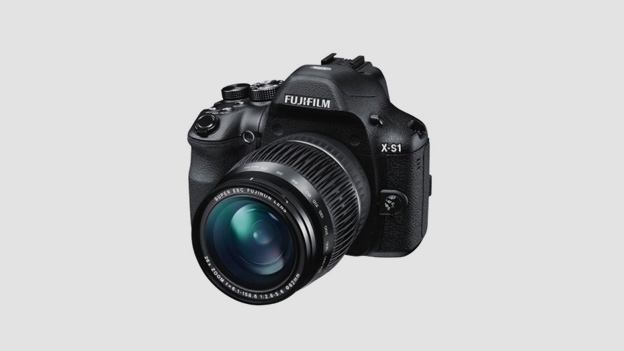
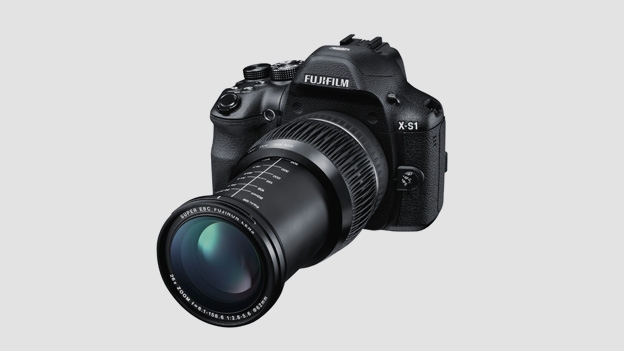
Fujifilm X-S1 Review: The rubber-clad Fujifilm X-S1 has the most impressively rugged build of any 'super zoom', with manual features almost giving a DSLR a run for its money
Looking for the one camera that can do it all? Super zooms are sold on the fact that their one lens offers such a variety of framing options – from panoramic wide angles to extreme close ups – that it doesn't matter that it cannot be unscrewed and swapped, as with a digital SLR (DSLR).
Both the design and the £699 suggested price of the range-topping 12 megapixel Fujifilm X-S1 super zoom prove a match for a DSLR, despite a smaller image sensor. It's Fujifilm's first big zoom model to take its name from the premium feel, Leica-inspired 'X' series that has so far given us the well-received Fujifilm X10, Fujifilm X100 and forthcoming Fujifilm X-Pro 1.
With a 26x optical reach equivalent to 24mm to 624mm on a 35mm camera and bright f/2.8 maximum lens aperture, the build quality is reassuringly high and it feels fantastic held in the palm. That's even when compared to rivals including the Canon PowerShot SX40HS, Panasonic DMC-FZ48 and DMC-FZ150, plus the Nikon Coolpix P500. Could this be the best super zoom camera we've handled so far?
Fujifilm X-S1: Controls
Weighing a neck and back punishing 945g with battery and card inserted, the look and layout of the Fujifilm X-S1 recall both a digital SLR via its chunky buttons and dials, plus less flashy 30x super zooms - the Fujifilm HS10EXR and HS20EXR. The X-S1 further benefits from a non-slip rubber coating to the body that carries on to the lens barrel.
This helps maintain a firm grip and along with built-in image stabilisation minimises wobble when shooting handheld at maximum zoom. Incidentally here the zoom is adjusted by hand – a feature that will please those used to manually zooming on a DSLR, as it allows for more precise adjustment.
In terms of shooting modes, all those we'd expect on an enthusiast's camera are present and correct. We get full manual control via Program, Aperture Priority, Shutter priority and Manual modes, plus manual focus and a Raw shooting option, 1920x1080 pixels video capture at 30 frames per second with stereo sound and dedicated record button, plus up to 10fps burst shooting at 6MP (7fps at full resolution).
Recalling Fujifilm's film history, there are the expected film simulation modes buried in the X-S1's on-screen menus, plus a self-stitching panorama mode that can take in the full 360° amongst the advanced settings. As you'd expect, for those who do just want to point and shoot there's also a 'smart' auto mode that adjusts settings for you – so the camera really does offer the best of both worlds.
Fujifilm X-S1: Screen
Usefully on this model the main 3-inch, 460k-dot resolution LCD screen is angle adjustable. It can be tilted up or down, to better enable otherwise tricky low or high angle shots, but not swung out through 180° so it is parallel to the body, as on a camcorder, nor flipped screen inwards.
The alternative for composing stills and video is to use the smaller half-inch, yet very high resolution, 1.44 million electronic viewfinder (EVF) located above. Thanks to built-in eye sensors the EVF automatically activates as you bring a pupil level with it.
To swap back to the larger LCD requires the pressing of a physical button however. But the choice of two viewfinders again ensures that the camera's handling maintains a DSLR feel, and the LCD's ability to change your angle of view encourages experimentation.
Get all the latest news, reviews, deals and buying guides on gorgeous tech, home and active products from the T3 experts
Fujifilm X-S1: Battery
Unlike the older Fujifilm HS-series super zooms which relied on a fistful of AA batteries for power, like the newer HS30 the Fujifilm X-S1 packs a 'proper' lithium ion rechargeable battery in the NP-95 pack, inserted at its base.
Sufficient power is provided for up to 500 shots from a full charge when using its EVF, so a performance that is up there with a mid range digital SLR, and one we'd hope for and expect given the £700 asking price.
Fujifilm X-S1: Picture quality
Alongside the usual auto and manual modes mentioned earlier, the 2/3-inch EXR CMOS sensor at the heart of the X-S1 can be utilised in three ways. In 'EXR' mode there's the choice of either shooting at full 12MP resolution, or dropping down to six megapixels for shots with increased dynamic range that retain detail in both the highlights and the shadows – achieved by the camera taking two shots simultaneously and combining them.
The third alternative is low light shots with less noise, partly because the resolution has been halved. Most of the time the differences between these settings is subtle at best, and not as compelling a reason to purchase as the rest of the camera.
Of the film simulation modes, the default Provia setting can deliver a slightly wishy-washy result, so we preferred the colour saturation boosting Velvia mode to provide more brightness and contrast.
It's also worth pointing out that although the camera resembles a DSLR and has a much bigger piece of glass on the front than a pocket compact, the actual sensor isn't as physically large, so its light gathering properties aren't as good. Though there is a DSLR-style ISO12800 top light sensitivity settings, pictures at top whack are visibly noisy and the camera effects a resolution drop above ISO3200 anyway to smooth the appearance of grain.
The result is that while some excellent results can be achieved with the X-S1, this is not a straight DSLR replacement, nor in fairness is it claiming to be. It is however probably the most 'professional' super zoom we've used, even if we did struggle to always achieve sharp results towards maximum zoom setting if we didn't have something to rest the camera on.
If recording video it takes a bit of practice to turn the lens barrel slowly and steadily for smooth zooming in or out, but at least this means there's no motor noise being picked up on the sound track, as can happen with mechanised zooms.
Fujifilm X-S1: Verdict
Fujifilm is producing some of the best super zooms and premium end compacts around just now. This may just have something to do with the fact that, unlike Canon and Nikon, it doesn't have any DSLRs of its own.
However, while the build quality of the 12 megapixel, 26x optical zoom Fujifilm X-S1 and attendant feature set is rock solid as puts the plastic-y feel of most rivals to shame, we're obviously paying a premium for such a robust execution, and £699 would otherwise buy you a very good digital SLR and standard zoom (18-55mm) set up.
On the other hand, at least here with a camera weighing almost a kilogram photo enthusiasts can literally feel what they're paying for, and the zoom reach is much, much more expansive than the standard kit zoom that comes bundled with a DSLR. So if you do want a camera with a big zoom reach that feels and handles like a DSLR, but isn't, plus have deep enough pockets, then the X-S1 would currently be our top choice of super zoom.
Fujifilm X-S1 availability: Available now
Fujifilm X-S1 price: £699

Gavin Stoker has been writing about photography and technology for the past 20 years. He currently edits the trade magazine British Photographic Industry News - BPI News for short - which is a member of TIPA, the international Technical Imaging Press Association.